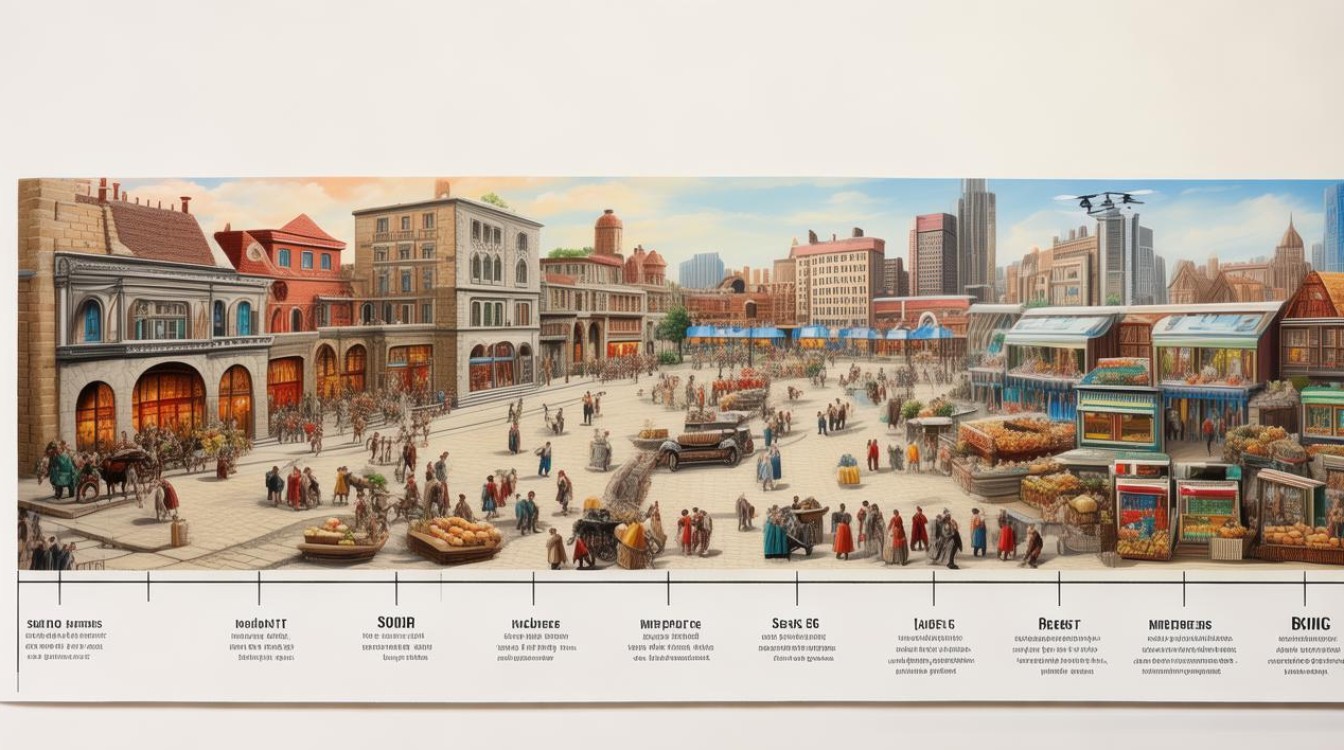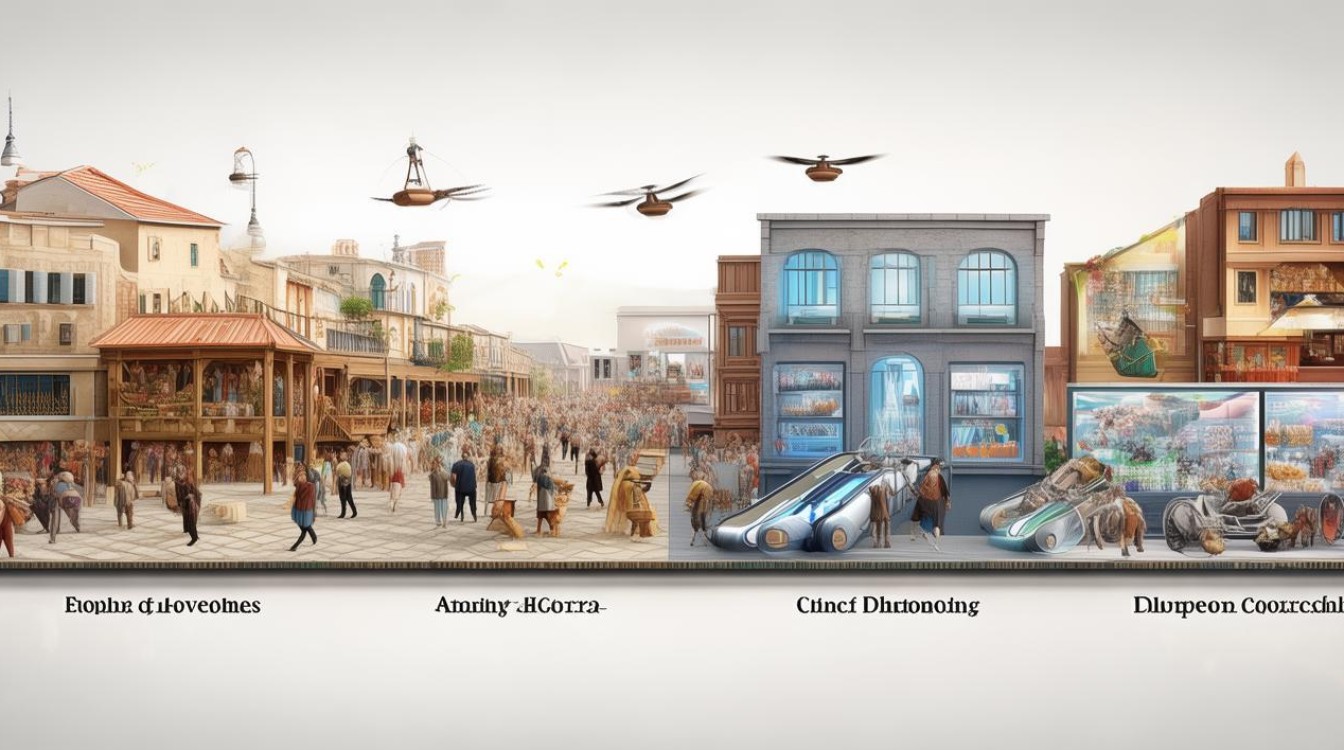Shopping has transformed dramatically over the past few decades. From traditional in-store purchases to the rise of e-commerce, the way people buy goods has evolved to offer more convenience, variety, and efficiency. Understanding different shopping methods in English not only helps language learners but also provides insights into modern consumer behavior.

Traditional Shopping: Brick-and-Mortar Stores
For centuries, physical stores were the primary way people shopped. Customers visited markets, department stores, and local shops to purchase items. This method allowed them to examine products firsthand, interact with salespeople, and take items home immediately.
Advantages of traditional shopping include:
- Instant Gratification – Buyers receive products immediately without waiting for delivery.
- Personal Interaction – Face-to-face communication with staff can enhance the shopping experience.
- Product Inspection – Customers can touch, try on, or test items before purchasing.
However, this method has limitations. Store hours may be restrictive, and selection can be limited compared to online alternatives. Additionally, physical shopping often requires travel, which can be inconvenient.
The Rise of Online Shopping
With the internet revolutionizing commerce, online shopping has become a dominant force. Websites like Amazon, eBay, and Alibaba allow consumers to browse and purchase products from anywhere at any time.
Key benefits of online shopping:
- Convenience – Shoppers can buy goods 24/7 without leaving home.
- Wider Selection – Online stores often carry more variety than physical retailers.
- Price Comparisons – Buyers can easily compare prices across different platforms.
Despite these advantages, online shopping has drawbacks. Shipping delays, inability to inspect products before purchase, and potential fraud are common concerns.

Mobile Commerce: Shopping on the Go
Smartphones have further changed shopping habits. Mobile commerce, or m-commerce, enables purchases through apps and mobile-optimized websites. Companies invest heavily in user-friendly interfaces, secure payment options, and personalized recommendations.
Why mobile shopping is growing:
- Speed – One-click purchases and saved payment details streamline the process.
- Location-Based Offers – Retailers send discounts based on a user’s location.
- Social Media Integration – Platforms like Instagram and TikTok allow direct purchases from posts.
Yet, small screens can make browsing difficult, and security risks remain a concern for some users.
Subscription Services: Convenience at a Cost
Subscription-based shopping has gained popularity. Services like Amazon Prime, meal kit deliveries, and clothing rental programs provide recurring deliveries of products.
Pros of subscription shopping:
- Automation – Regular deliveries reduce the need for repeated orders.
- Exclusive Benefits – Members often get discounts, early access, or free shipping.
- Personalization – Algorithms suggest items based on past purchases.
On the downside, subscriptions can lead to overspending or accumulating unused items.

Social Commerce: Shopping Through Networks
Social media platforms now integrate shopping features. Facebook Marketplace, Instagram Shops, and live-stream selling enable purchases directly within apps.
Why social commerce works:
- Engagement – Sellers interact with buyers in real time.
- Influencer Impact – Recommendations from trusted figures drive sales.
- Community Feel – Buyers can read reviews and discuss products before purchasing.
However, impulse buying is a risk, and counterfeit products sometimes appear on these platforms.
Hybrid Shopping: Combining Online and Offline
Many retailers now adopt an omnichannel approach, blending physical and digital shopping. Options like "buy online, pick up in-store" (BOPIS) and virtual try-ons enhance flexibility.
Advantages of hybrid shopping:
- Flexibility – Customers choose how they want to shop.
- Efficiency – Online research leads to quicker in-store purchases.
- Enhanced Experience – Augmented reality (AR) lets shoppers visualize products.
The challenge lies in maintaining seamless integration between online and offline systems.

The Future of Shopping
Emerging technologies like artificial intelligence (AI), virtual reality (VR), and blockchain are shaping the next phase of retail. AI-powered chatbots assist shoppers, VR enables virtual store visits, and blockchain ensures secure transactions.
Sustainability is also influencing shopping trends. More consumers prefer eco-friendly products and brands with transparent supply chains.
Shopping methods will continue evolving, driven by technology and changing consumer preferences. Whether through traditional stores, e-commerce, or innovative hybrid models, the goal remains the same: providing a seamless, enjoyable purchasing experience.
The way people shop reflects broader societal shifts. As digital advancements accelerate, adaptability becomes key for both businesses and consumers. Embracing new methods while recognizing their pros and cons ensures smarter, more efficient shopping experiences.

